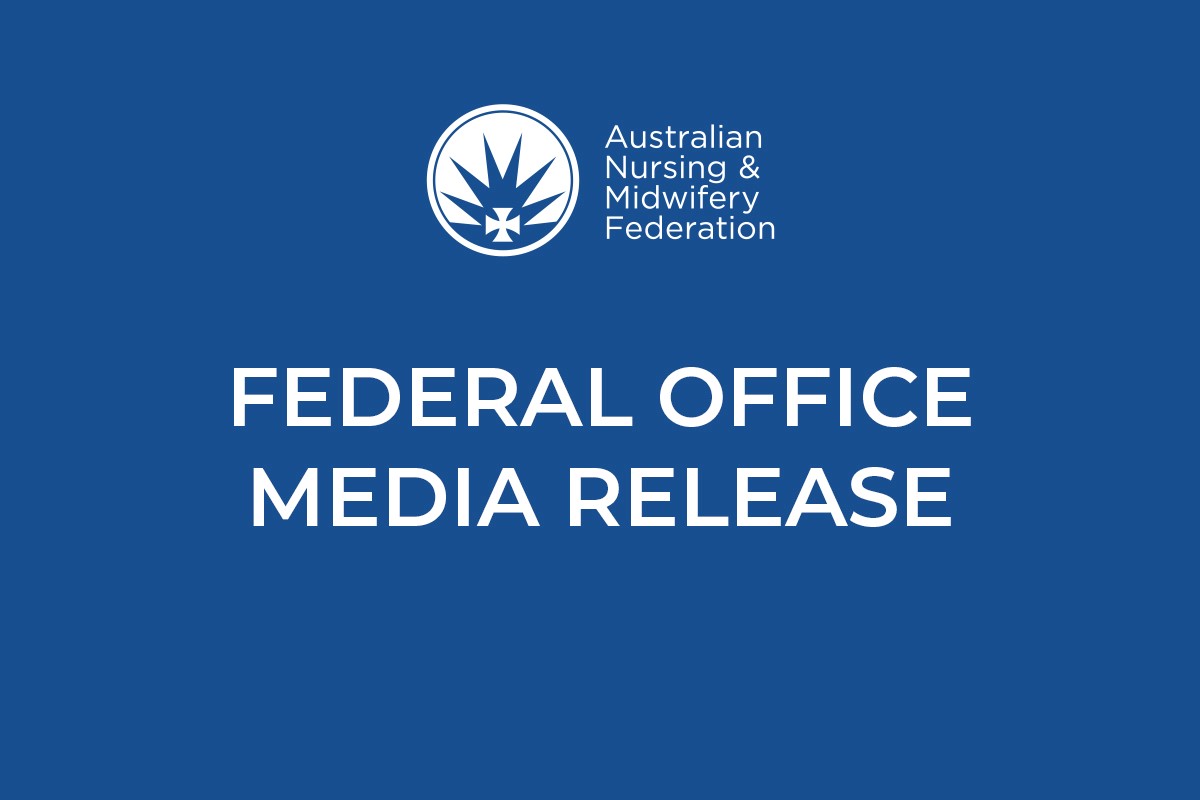
NSWNMA members march down Sydney CBD as part of their industrial action. Pic courtesy of NSWNMA.
Thousands of NSW nurses and midwives have taken industrial action as part of a campaign to replicate Victoria’s legislated nurse and midwife patient ratios.
After a successful industrial action ballot New South Wales Nurses and Midwives Association (NSWNMA) public sector members held a one-day strike on Tuesday 15 February 2022. Rallies were held across the state and outside NSW Parliament in Sydney.
The NSWNMA is the NSW branch of the Australian Nursing and Midwifery Federation, and its public sector nurses and midwives are governed by the NSW industrial relations laws, rather than the Federal laws that govern Victoria.
ANMF (Vic Branch) sent a letter to our NSW colleagues supporting their courageous action.
NSWNMA members are campaigning for shift-by-shift ratios in every public hospital to replace their ‘patient hours per day’ staffing mechanism which calculates staffing numbers over a week.
The union’s General Secretary, Brett Holmes, said ‘Our members have overwhelmingly indicated how fed up they are with the NSW government for continuing to ignore the need for nurse-to-patient ratios on every shift across our public health system, similar to those already working successfully in Queensland and Victoria.’
The NSWNMA members are also seeking:
- a pay rise above 2.5%, for recognition of nurses and midwives’ workloads during the pandemic and to compensate for their wage freeze in 2020.
- a COVID-19 allowance to recognise nurses and midwives work during the pandemic
- withdrawal of the amendment to the Workers’ Compensation Act that would force workers to prove they contracted COVID-19 at work.
Speaking on Sydney radio 2GB, NSW Health Minister Brad Hazzard said permanent, shift-by-shift ratios would cost ‘a billion dollars’ on top of already spending 30 per cent of the state’s budget on health.
Minister Hazzard also argued shift-by-shift ratios would mean hospital managers would lose the ‘flexibility’ to manage wards and result in ‘nurses sitting in wards where there are no patients’.
Victoria was the first place in the world to secure and implement mandated nurse and midwife patient ratios in August 2000.
ANMF (Vic Branch) Secretary Lisa Fitzpatrick said Victorian nurses and midwives had participated in multiple industrial and community campaigns over 12 years between 2000 and 2012 to secure, save and improve ratios.
‘Ratios protect patient safety and save lives and ensure rosters are transparent and the nursing and midwifery budget is spent on nurses and midwives.
‘It is with great relief the code brown has ended and we are all looking forward to the surge workforce models implemented in 22 hospitals ending as soon as possible, with a number of those health services returning to complying with ratios already,’ Ms Fitzpatrick said.
In March it will be time to commence implementing further legislated ratio improvements scheduled for 2022, as specified in the 2019 Amendment Bill.




